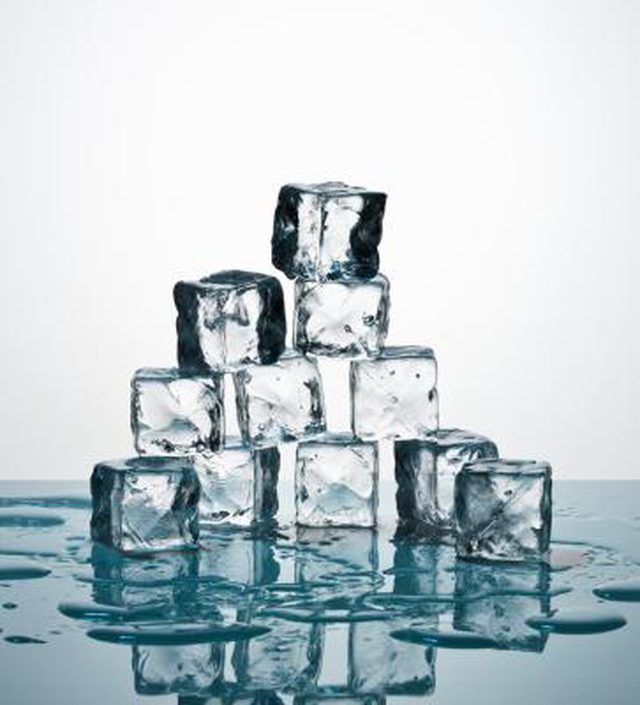Bulbs
Flower Basics
Flower Beds & Specialty Gardens
Flower Garden
Garden Furniture
Garden Gnomes
Garden Seeds
Garden Sheds
Garden Statues
Garden Tools & Supplies
Gardening Basics
Green & Organic
Groundcovers & Vines
Growing Annuals
Growing Basil
Growing Beans
Growing Berries
Growing Blueberries
Growing Cactus
Growing Corn
Growing Cotton
Growing Edibles
Growing Flowers
Growing Garlic
Growing Grapes
Growing Grass
Growing Herbs
Growing Jasmine
Growing Mint
Growing Mushrooms
Orchids
Growing Peanuts
Growing Perennials
Growing Plants
Growing Rosemary
Growing Roses
Growing Strawberries
Growing Sunflowers
Growing Thyme
Growing Tomatoes
Growing Tulips
Growing Vegetables
Herb Basics
Herb Garden
Indoor Growing
Landscaping Basics
Landscaping Patios
Landscaping Plants
Landscaping Shrubs
Landscaping Trees
Landscaping Walks & Pathways
Lawn Basics
Lawn Maintenance
Lawn Mowers
Lawn Ornaments
Lawn Planting
Lawn Tools
Outdoor Growing
Overall Landscape Planning
Pests, Weeds & Problems
Plant Basics
Rock Garden
Rose Garden
Shrubs
Soil
Specialty Gardens
Trees
Vegetable Garden
Yard Maintenance
What Happens to Roadside Plants When Salt Is Used to Melt Ice on Roads?
What Happens to Roadside Plants When Salt Is Used to Melt Ice on Roads?. When salt dissolves, it decreases the freezing point of the water. Consequently, salt is often added to icy roads in wintertime. Afterwards, however, the salt can sometimes have detrimental effects on roadside plants.

When salt dissolves, it decreases the freezing point of the water. Consequently, salt is often added to icy roads in wintertime. Afterwards, however, the salt can sometimes have detrimental effects on roadside plants.
Types
Salty runoff from melting ice on roadways increases the salt content of the soil, altering its composition and potentially making it more easily compacted. Increases in salt concentration can decrease the rate at which plants can take up water from the soil; plants may also take up some of the excess sodium chloride in the place of the magnesium and potassium they also need, leading to nutritional deficiencies.
Function
Plants suffering from high levels of soil salt concentration often resemble plants afflicted by drought or damage to their roots. Common symptoms include yellowed leaves with scorched edges; potassium deficiencies are a common problem. Needles on evergreen trees may turn yellow or brown in the spring.
Considerations
Some species of plants can tolerate higher salinities than others. Colorado blue spruce and ponderosa pine, for example, are more salt-tolerant than red maple or sugar maple. Nonetheless, if you use salt to de-ice your road or driveway, it's best to use it in moderation and avoid overapplying salt if possible.